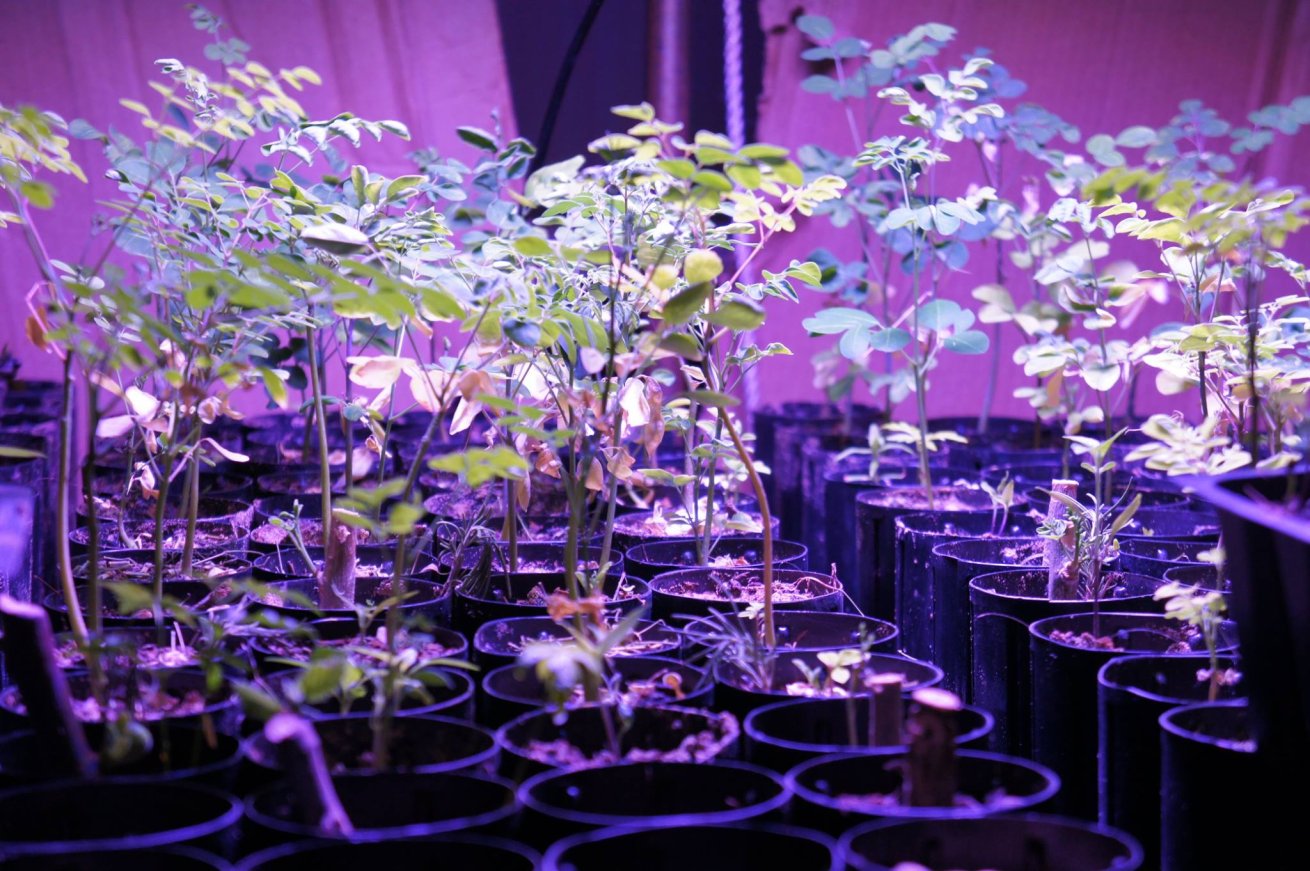
Spring whispers sweet promises of bursting blooms and overflowing baskets, but for the seed-starting novice, those dreams can get entangled in tangled wires and the frustration of stunted sprouts. Fear not, fellow green thumbs! Before you embark on your miniature farm’s grand opening, let’s shed some light on the potential pitfalls of grow lights and equip you with five foolproof hacks to cultivate a thriving seedling haven.
Not Enough Light
One of the most common mistakes in seed starting is not providing enough light for the seedlings. Inadequate light can lead to leggy, weak plants that are more susceptible to disease and less likely to thrive. To avoid this, ensure that your seedlings receive the right amount of light for the specific plants you are growing.
Improper Light Distance and Duration
Too close to the sun, and you’ll get crispy. Too far, and you’ll be perpetually pale. Finding the sweet spot for your specific grow lights is crucial. Refer to the manufacturer’s recommendations and observe your seedlings – leggy and stretching? Move the lights closer. Wilting and pale? Give them some breathing room. Remember, adjustable grow lights are your best friends!
Another critical mistake is improper light distance and duration. Placing the grow lights too far or too close to the seedlings, as well as not providing the right duration of light, can negatively impact their growth. It’s important to research the light requirements of your specific plants and adjust the distance and duration accordingly.
Inconsistent Lighting Schedule
Maintaining a consistent lighting schedule is vital for the healthy development of seedlings. Inconsistent lighting, such as frequent on-off cycles, can stress the plants and affect their growth. Ensure a stable lighting schedule to provide a conducive environment for the seedlings to thrive.
Using the Wrong Type of Light
Not all grow lights are created equal, and using the wrong type of light can be a common mistake. Different plants have different light requirements, and using the wrong light spectrum can hinder their growth. Research the specific light needs of your plants and choose the appropriate grow lights to support their development. Opt for full-spectrum LED grow lights that mimic natural sunlight and avoid incandescent bulbs, which generate more heat than helpful light.
Watering Woes: From Droughts to Downpours, Seedlings Drown
We all know the importance of hydration, but overwatering your seedlings is like forcing them to swim laps in a bathtub – not exactly conducive to thriving. Conversely, underwatering leaves them parched and gasping for air.
Finding the Watering Sweet Spot:
The key is finding the Goldilocks zone of moisture – not too wet, not too dry, but just right. Stick your finger (clean, please!) into the soil – if it feels damp an inch down, hold off on watering. If it’s bone dry, give your seedlings a gentle drink. Remember, different soil types and pot sizes dry out at different rates, so observe your little green friends and adjust your watering schedule accordingly.
Drainage Dilemmas
Poor drainage can turn your seedling trays into mini swimming pools, drowning roots and inviting fungal diseases. Ensure your pots have drainage holes and consider adding a layer of perlite or gravel to the bottom for improved drainage. Don’t let your seedlings become waterlogged – they deserve a refreshing sip, not a full-body dunk!
Keeping Cool in the Spotlight
Maintain good air circulation around your seedlings to prevent the temperature from spiking. Consider fans or placing your setup near a window for gentle ventilation. Monitoring the temperature with a thermometer is key – aim for comfortable room temperature, like the kind that makes you want to take a nap in a sunbeam.
Overheating
Overheating the seedlings due to improper positioning of the grow lights can be detrimental to their health. It’s essential to monitor the temperature around the seedlings and ensure that they are not exposed to excessive heat, which can lead to wilting and stunted growth.
